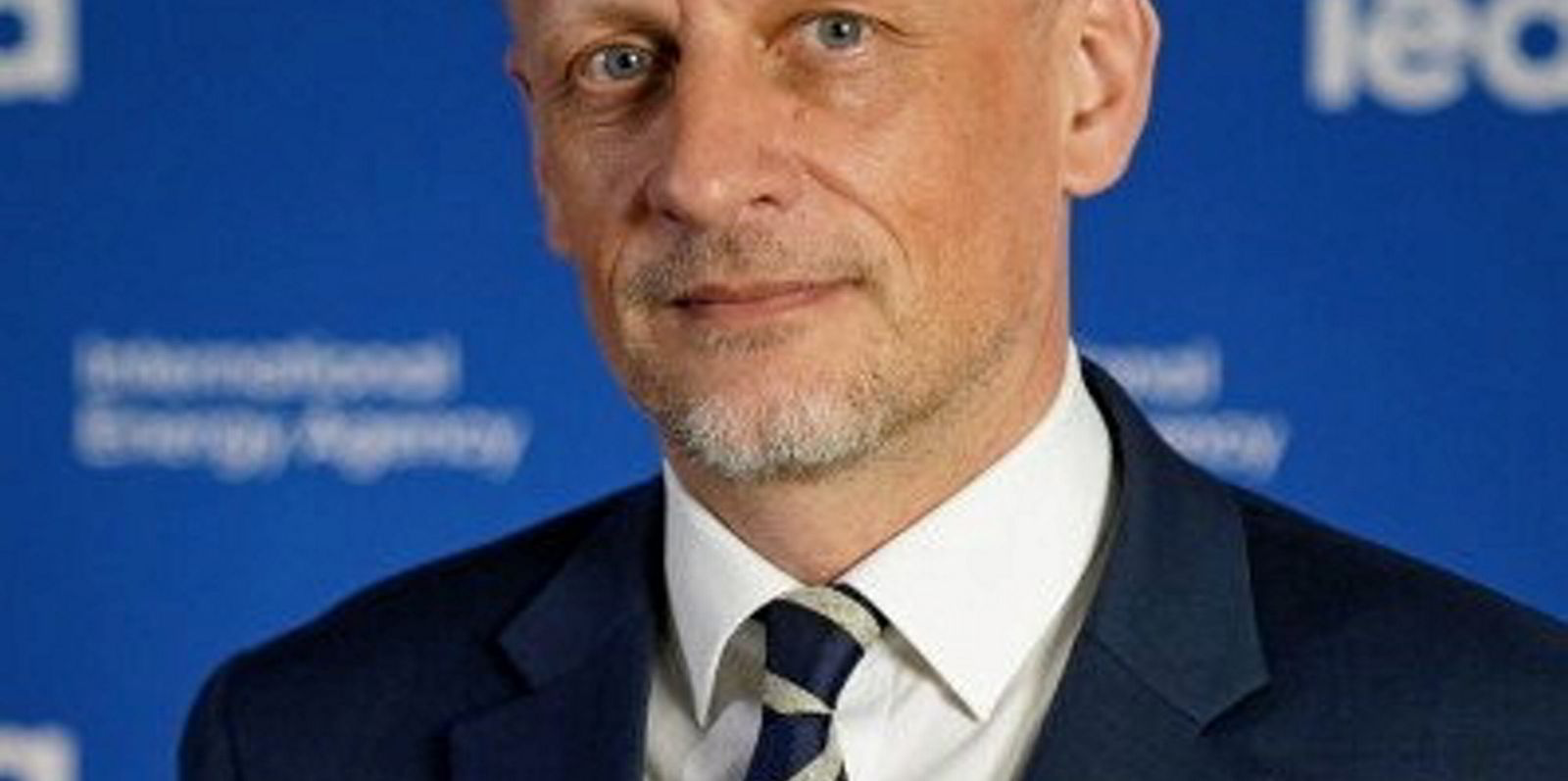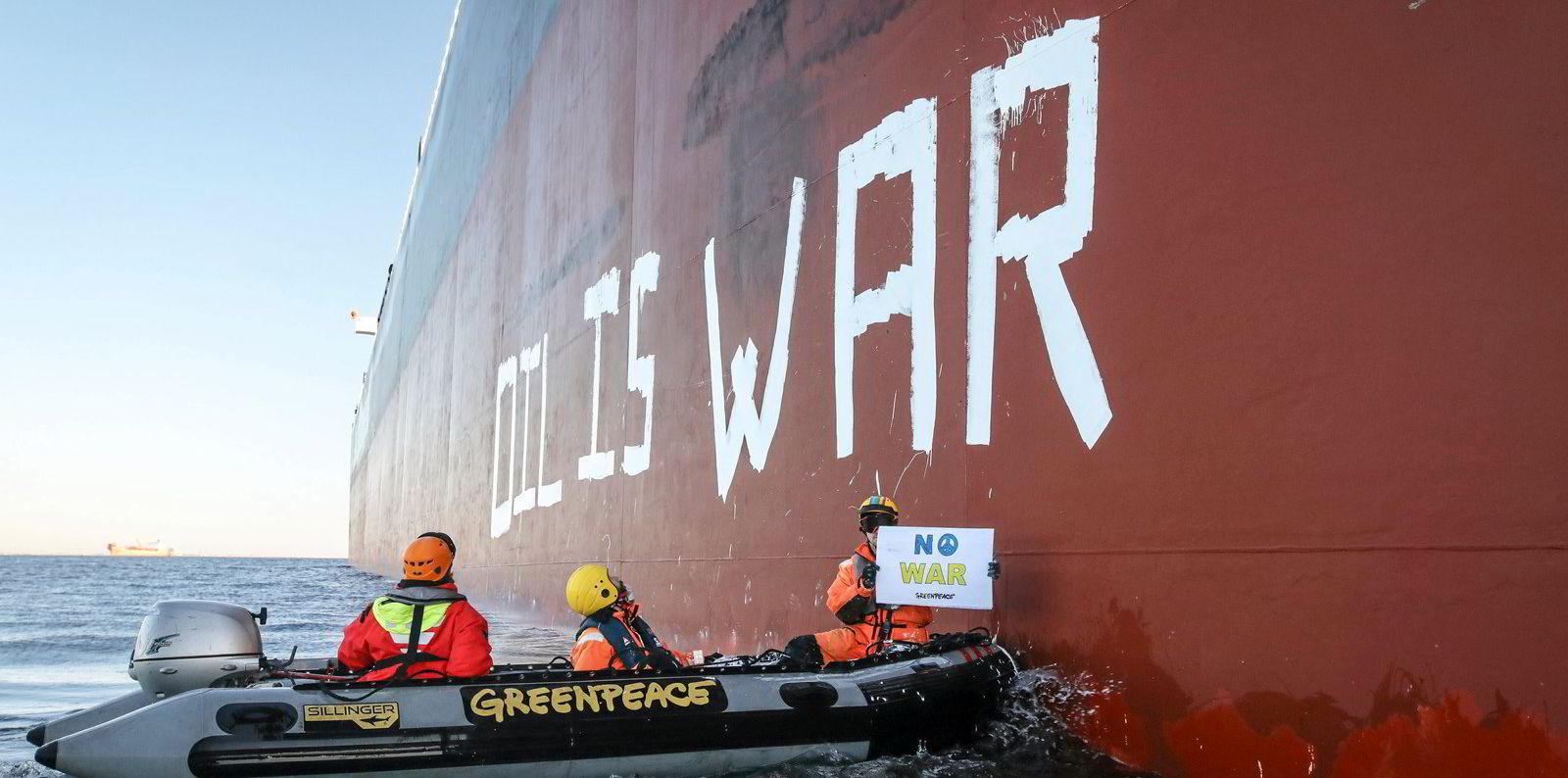Planned new price caps for shipped Russian refined oil products will be much more complex to operate than current efforts to limit Moscow’s revenues from crude exports, according to a senior International Energy Agency official.
The G7 group of nations are discussing the levels for two new price caps for Russian oil products that are set to come into force from 5 February, according to reports. The caps are the latest measures set to disrupt volatile tanker markets.
A $60-per-barrel cap for crude oil, which accompanied a European ban on seaborne imports, has seen Russian revenues and exports cut since it was imposed in December, according to analysts and Western officials.
Tim Gould, the chief energy economist of the 31-nation body, told an online conference in the United Arab Emirates that Russian production and exports had been unexpectedly resilient following the crude ban and cap.
But he said Russia would not have the same opportunity to divert Europe-bound product barrels to China and India in a way that it had done with crude.
“The product ban is going to be significantly more complex than what we have seen already on the crude side,” Gould told the 13th Global UAE Energy Forum. “China and India both are oil product exporters so you’re not going to have the same safety valves for oil products as you do for crude.
China and India both are oil product exporters so you’re not going to have the same safety valves for oil products as you do for crude.
Tim Gould
“So we’re going to need a very complex reconfiguration of flows in the Atlantic Basin with Europe taking more from Middle Eastern suppliers, from North America.”
He said it will also see Russian oil product exports find potential new markets in parts of Latin America or Africa.
“None of that is simple,” he said.

The price caps are designed to temper the impact on global oil prices of the European ban on Russian seaborne imports.
The policy prevents European insurers, financiers and the shipping industry from investing in shipments where the crude is sold above the price cap.
Western officials claim that the policy has been successful in bringing in limiting profits from Russian fossil fuel sales prices while avoiding a winter supply crisis.
Finland-based Centre for Research on Energy and Clean Air said the cap and ban on Russian seaborne crude imports into Europe has cost Moscow €160m ($172m) per day, with the potential for a further €120m ($129m) decline when the measures targeting products come into force.
The US Energy Information Administration said this week that the extent to which the sanctions and price caps would affect Russia’s oil exports and production remained uncertain.
“We expect that most crude oil exports from Russia will continue to find buyers,” it said in its short-term energy outlook.
“But we expect the sanctions on petroleum products will cause greater disruptions to Russia’s oil production and exports because finding alternative buyers as well as transportation and other services to reach those buyers is likely to be more challenging than for crude oil.”
No catastrophe
Tatiana Mitrova, a research fellow at Columbia University’s Center on Global Energy Policy, said Russian oil output would probably be 15% lower than at the start of the war, but would not be catastrophic for its economy.
“It’s unpleasant for the industry,” she told the forum. “It’s reducing the revenues of the oil companies and, most importantly, it is reducing the revenues of the Russian budget. But it’s not the end of the Russian energy sector and of the Russian economy.”





